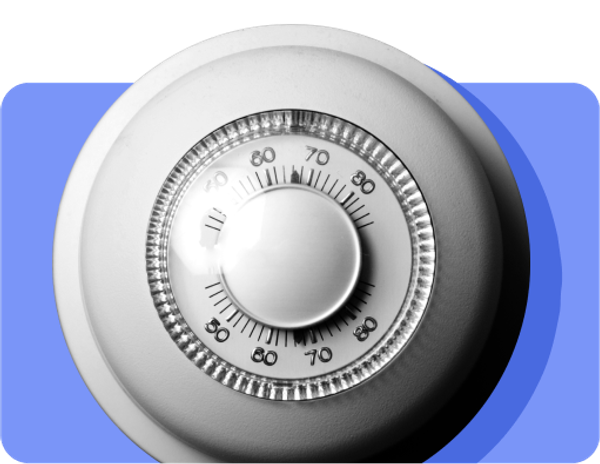Student loans and wage garnishment: What you need to know

In May 2025, federal student loan collections restarted after a five-year pause. If you haven't made a payment on your federal student loans in more than a year, you're likely in default—and the government may start taking money directly from your paycheck to collect what you owe in a process called wage garnishment.
Here's what you need to know about student loan wage garnishment and how to protect yourself.
Why are student loan collections starting again?#why-are-student-loan-collections-starting-again
Collections on defaulted federal student loans paused in March 2020. During the pandemic, the federal government focused on providing relief to borrowers.
On May 5, 2025, the current administration resumed involuntary collections (that’s when the government takes the money you owe without asking you first).
Borrowers who haven't made monthly payments in more than 360 days are considered "in default" and could be subject to involuntary collections.
How much can the government take from your paycheck?#how-much-can-the-government-take-from-your-paycheck
The Department of Education doesn't need to go to court to take money directly from your paycheck before you get it. They’re only required to give you at least 60 days notice, usually by email.
Since collections resumed in May, wage garnishment could start as early as summer or fall 2025. Here's what the government can take:
- Up to 15% of your after-tax pay, but you must be left with at least $217.50 per week (30 times the federal minimum wage of $7.25)
- Up to 15% of your Social Security benefits, but you must keep at least $750 per month
- Your tax refunds
- Social Security retirement and disability benefits
The government has less power to garnish wages from borrowers or are self-employed or people who get 1099 income.
When could wage garnishment for student loans start?#when-could-wage-garnishment-for-student-loans-start
Starting as early as June 2025, the Treasury Department will send notices to 5.3 million borrowers about upcoming wage collection. Actual wage garnishment could begin in the summer or fall.
How do you get out of default for student loans?#how-do-you-get-out-of-default-for-student-loans
You have options to get current on your loans and prevent wage garnishment. Contact the government's Default Resolution Group to explore:
- Applying for an income-driven repayment plan
- Applying for loan rehabilitation
- Applying for deferment or forbearance to pause payments
- Consolidating your loans into a new loan in good standing
- Paying off your loans in full
Know your rights and how to challenge student loan collections#know-your-rights-and-how-to-challenge-student-loan-collections
You can challenge your student loan default status if:
- The debt isn't yours
- You don't owe the amount claimed
- You can show that wage garnishment would cause financial hardship
- You've recently been unemployed or filed for bankruptcy
Before your wages are garnished, you'll get a 30-day notice with instructions on how to request a hearing before an administrative law judge.
Remember, it’s against the law for your employer to fire you because of wage garnishment.
Don't wait for collection notices to arrive. If you're behind on federal student loan payments, explore your options and avoid wage garnishment.







